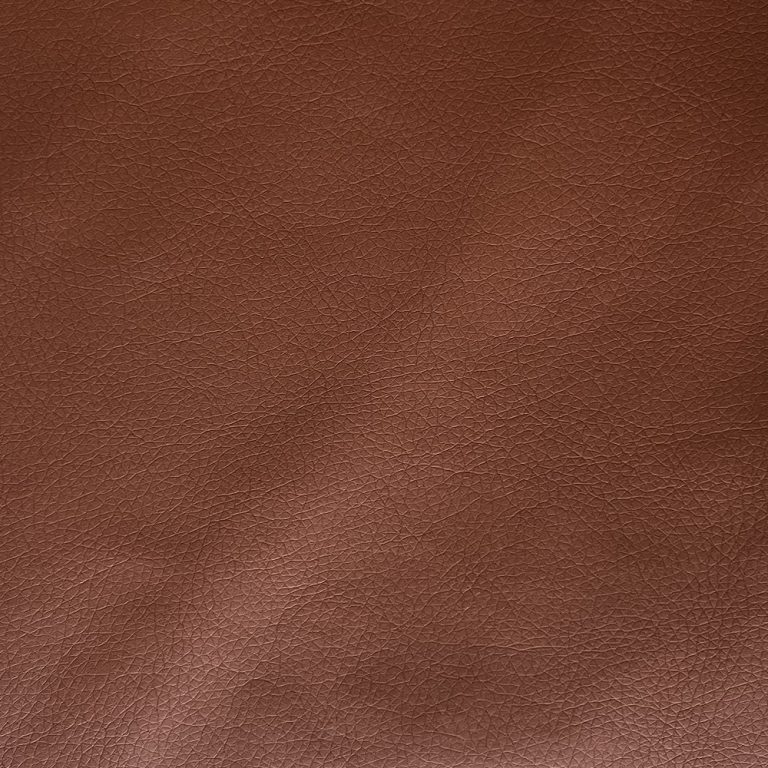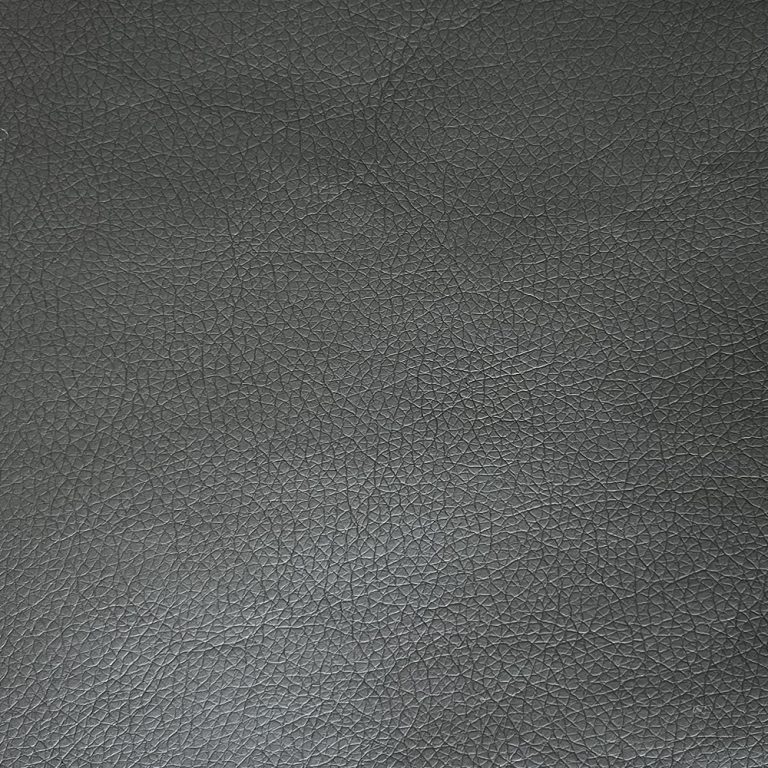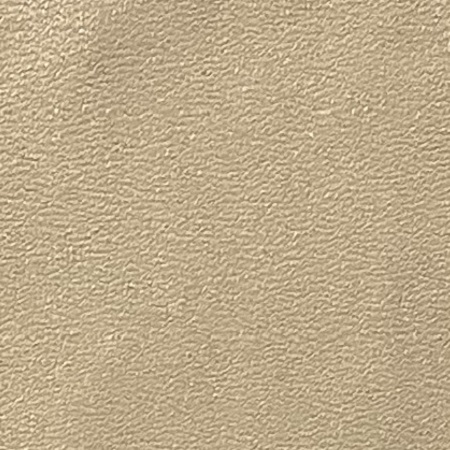Table of Contents
The Future of Fashion: Exploring Thermo Synthetic Leather as a Sustainable Alternative
In the ever-evolving landscape of fashion, sustainability has emerged as a central concern. With growing awareness of environmental issues and ethical considerations, the industry is actively seeking alternatives to traditional materials. One such innovation gaining traction is thermo synthetic leather. This cutting-edge material offers the aesthetic appeal and functionality of traditional leather without the environmental drawbacks. Let’s delve deeper into the promising future of thermo synthetic leather and its role in shaping the fashion industry.
Thermo synthetic leather, also known as synthetic leather or faux leather, is a man-made material designed to mimic the look and feel of genuine leather. What sets it apart is its production process, which typically involves the use of thermoplastic polymers such as polyurethane (PU) or polyvinyl chloride (PVC). Unlike genuine leather, which requires the slaughter of animals and extensive chemical treatments, thermo synthetic leather can be produced without harming animals and with reduced environmental impact.
One of the key advantages of thermo synthetic leather is its versatility. It can be engineered to emulate various types of leather textures, from smooth and sleek to textured and grainy. This flexibility allows designers to create a wide range of products, including apparel, footwear, accessories, and upholstery, all while maintaining a high level of aesthetic appeal.
Moreover, thermo synthetic leather offers several practical benefits over genuine leather. It is typically more resistant to water, stains, and scratches, making it easier to care for and maintain. Additionally, it tends to be more affordable than genuine leather, making fashion more accessible to a broader range of consumers.
From an environmental standpoint, thermo synthetic leather holds significant promise as a sustainable alternative to genuine leather. The production of genuine leather involves not only the slaughter of animals but also significant land and water usage, as well as the use of toxic chemicals in the tanning process. In contrast, thermo synthetic leather production generates fewer greenhouse gas emissions, consumes less water, and produces less waste. Furthermore, advancements in recycling technologies are making it possible to reuse and repurpose thermo synthetic leather, further reducing its environmental footprint.
The adoption of thermo synthetic leather by fashion brands represents a significant step towards sustainability in the industry. Many leading brands have already begun incorporating thermo synthetic leather into their collections, citing its eco-friendly credentials and consumer demand for ethical alternatives. By embracing thermo synthetic leather, these brands are not only reducing their environmental impact but also setting a precedent for the wider industry to follow.
However, it’s essential to acknowledge that thermo synthetic leather is not without its challenges. Critics argue that the production of thermo synthetic leather still involves the use of petroleum-based materials, which raises concerns about its long-term environmental sustainability. Additionally, some consumers question whether thermo synthetic leather can truly replicate the luxurious feel of genuine leather. Addressing these concerns will require ongoing research and innovation within the industry.
In conclusion, thermo synthetic leather holds immense promise as a sustainable alternative to genuine leather in the fashion industry. Its versatility, practical benefits, and reduced environmental impact make it an attractive option for designers and consumers alike. As the demand for ethical and eco-friendly fashion continues to grow, thermo synthetic leather is poised to play a significant role in shaping the future of fashion. By embracing innovation and sustainability, the fashion industry can pave the way towards a more responsible and ethical future.
Unveiling the Science Behind Thermo Synthetic Leather: How Innovation is Shaping the Fashion Industry
In the realm of fashion, innovation is a driving force, constantly pushing boundaries and reshaping traditional materials. One such innovation that has garnered attention in recent years is thermo synthetic leather. This cutting-edge material blends science and style, offering a sustainable alternative to traditional leather while maintaining the luxurious look and feel that consumers desire.
Thermo synthetic leather, also known as synthetic leather or faux leather, is a man-made material designed to mimic the appearance and texture of genuine leather. What sets it apart is its production process, which utilizes advanced thermoplastic polymers to create a durable and versatile fabric. Unlike conventional leather, which is derived from animal hides, thermo synthetic leather is cruelty-free and environmentally friendly, making it a popular choice among eco-conscious consumers.
| Product | Application Scenarios |
| PU thermo leather | Notebook |
The science behind thermo synthetic leather lies in its composition. It is typically made from polyurethane (PU) or polyvinyl chloride (PVC), both of which are thermoplastic polymers known for their durability and flexibility. These polymers are combined with other additives and processing agents to create a material that closely resembles genuine leather in appearance and texture.
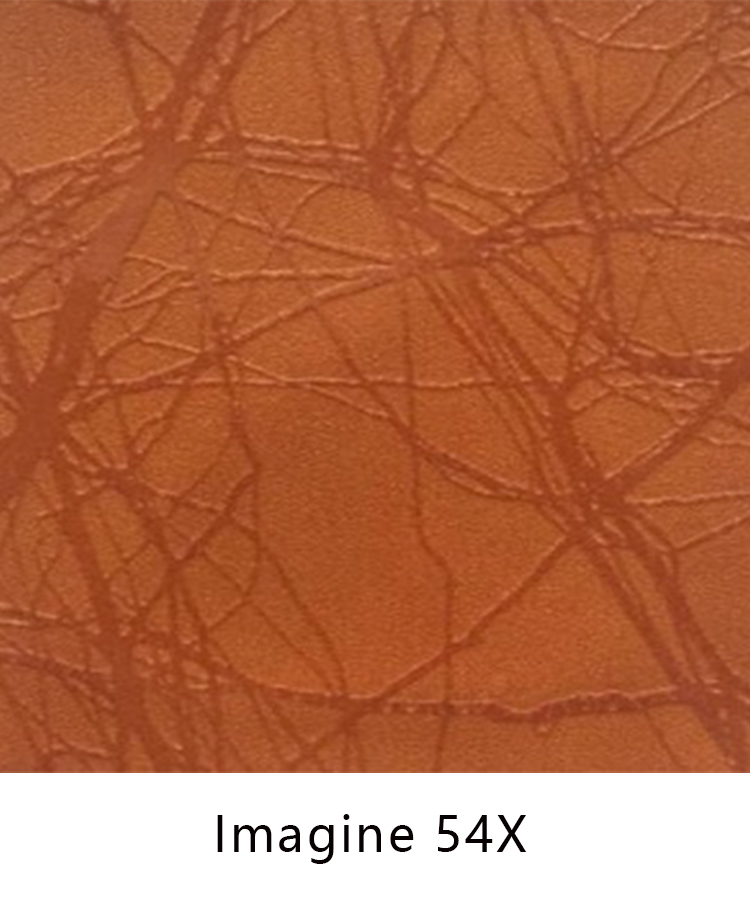
One of the key advantages of thermo synthetic leather is its versatility. Unlike natural leather, which is limited by the size and shape of animal hides, thermo synthetic leather can be produced in a wide range of colors, textures, and finishes. This allows designers greater creative freedom, enabling them to experiment with new styles and silhouettes.
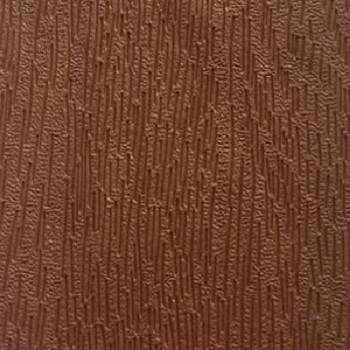
Another benefit of thermo synthetic leather is its sustainability. Traditional leather production is resource-intensive and often involves environmentally harmful practices such as deforestation and water pollution. In contrast, thermo synthetic leather can be produced using recycled materials and requires fewer natural resources to manufacture. Additionally, because it is not derived from animal hides, it does not contribute to the ethical concerns associated with leather production.
In recent years, advancements in technology have further enhanced the quality and performance of thermo synthetic leather. New manufacturing techniques have resulted in materials that are more breathable, water-resistant, and resistant to wear and tear. This has made thermo synthetic leather a viable alternative to genuine leather in a wide range of applications, from footwear and handbags to upholstery and automotive interiors.
Despite its many benefits, thermo synthetic leather is not without its drawbacks. Critics argue that it lacks the durability and longevity of genuine leather, and that it may not age as gracefully over time. Additionally, some environmentalists raise concerns about the environmental impact of synthetic materials, including the potential for microplastic pollution.
Nevertheless, the fashion industry is increasingly embracing thermo synthetic leather as a sustainable alternative to traditional leather. Major brands and designers are incorporating it into their collections, citing its ethical and environmental benefits. As consumer demand for sustainable fashion continues to grow, thermo synthetic leather is poised to play a central role in shaping the future of the industry.
In conclusion, thermo synthetic leather represents a marriage of science and style, offering a sustainable alternative to traditional leather without compromising on quality or aesthetics. Its versatility, durability, and eco-friendly properties make it a compelling choice for designers and consumers alike. As technology continues to advance, thermo synthetic leather is likely to become an even more integral part of the fashion landscape, driving innovation and pushing the boundaries of what is possible in the industry.

